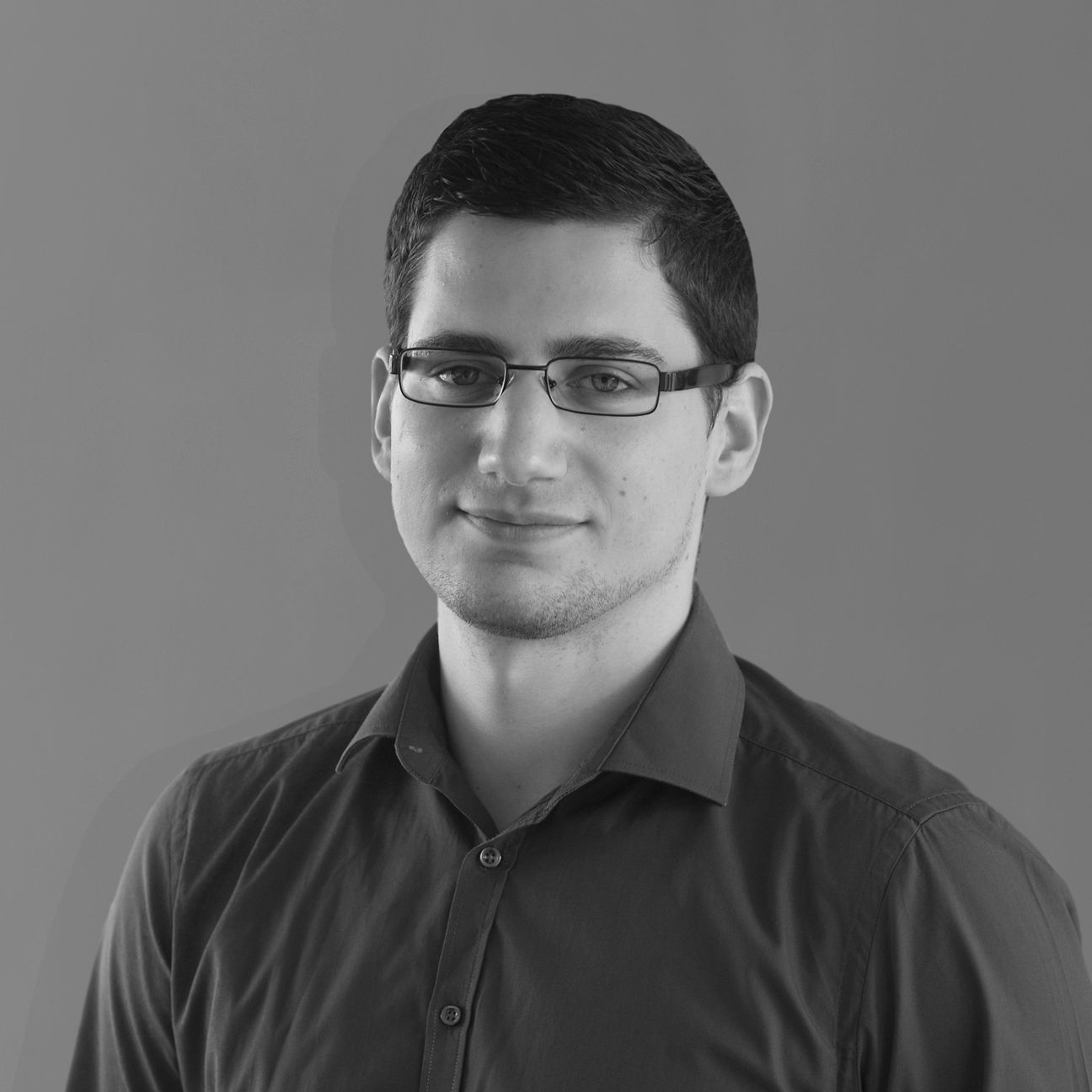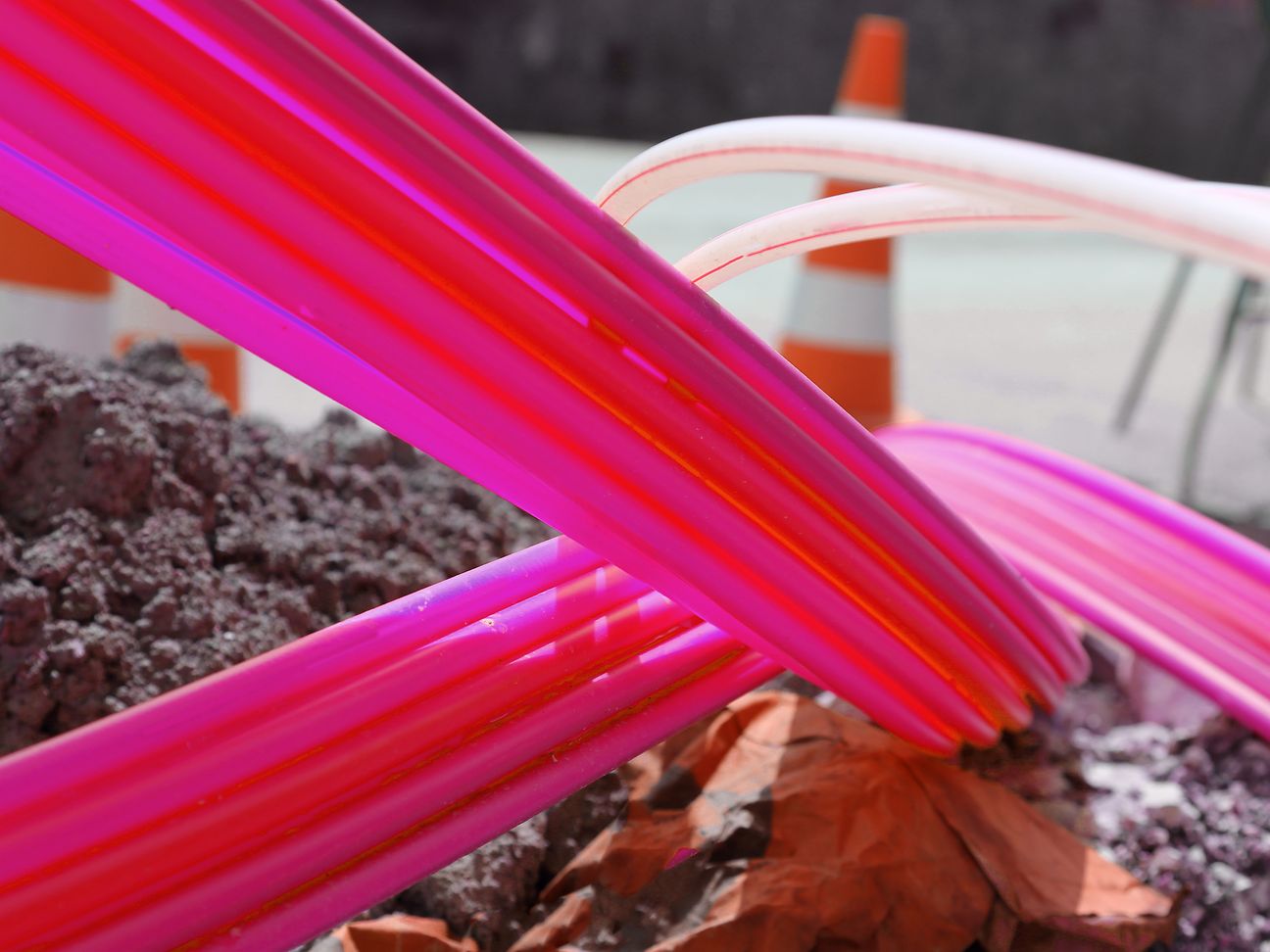

Buildout year 2018: Deutsche Telekom speeds up 8.8 million households
- Some 60,000 kilometers of optical fiber installed
- 1,300 mobile base stations built
- Preparations for large-scale FTTH and 5G rollout underway
The discussion on broadband expansion in Germany heated up more than ever this year. As the debates raged, the Technology unit at Deutsche Telekom did what it does best: it delivered. "Our ambition is to give our customers the best network experience – and not just in densely-populated areas," said Walter Goldenits, CTO at Telekom Deutschland. "To ensure this, we're making massive investments in planning, building, and running our networks." Work this year focused on fiber-optic buildout. Street cabinets and mobile base stations have to be connected with optical fiber to transmit customers' data at high speeds. Deutsche Telekom installed around 60,000 kilometers of optical fiber in 2018, topping last year's figure by 50 percent. The total length of the company's fiber-optic network is now 500,000 kilometers. Deutsche Telekom made 8.8 million households faster this year. 26 million households can now book a rate plan with 100 megabits per second (MBit/s) or more (https://ausbauticker.telekom-dienste.de (in German)).
"Too many people in Germany are just talking about the expansion of the network. Too few really do something. Deutsche Telekom has made Germany faster again in the past twelve months. I am very proud of that," says Tim Höttges, Chairman of Deutsche Telekom's Board of Management. "I would like others to do more for the broadband buildout in the coming year. We need more cooperation, faster approval procedures and more courage to break new grounds."
23,000 new street cabinets installed
In the past twelve months, Deutsche Telekom has installed 23,000 new street cabinets. It equipped them with active technology and connected them to the network via optical fiber. That's the equivalent of 2.6 cabinets every hour. The total number of street cabinets in the network has now increased to 177,600.
Deutsche Telekom will have largely completed its FTTC (fiber to the curb) upgrade by the end of 2020. This will be followed by the large-scale buildout of FTTH (fiber to the home), in which Deutsche Telekom will equip up to two million households with FTTH every year.
The preparations are already underway. The narrow trenching technique, which increases installation speeds by up to a factor of four, will be used increasingly in the coming months. What's more, Deutsche Telekom is the first network operator in Europe to use artificial intelligence in a pilot project aimed at faster, more effective planning of the optical fiber buildout. Thanks to faster and optimized route planning, the rollout can cover more ground faster.
Deutsche Telekom is already the most important partner to municipalities when it comes to the FTTH buildout: the company is executing the two largest contiguous FTTH projects in Germany. In the district of Vorpommern-Rügen, Deutsche Telekom is equipping some 40,000 households with FTTH. In the Bautzen district, some 50,000 households will get fiber to the home.
Fiber to the home
Deutsche Telekom is also maintaining its momentum in upgrading business parks: it has connected a hundred parks with optical fiber, benefitting nearly 45,000 businesses in total. By the end of 2022, Deutsche Telekom plans to connect a total of 3,000 business parks throughout Germany with optical fiber. Speeds range from asymmetric 100 Mbit/s to up to 100 gigabits per second (GBit/s).
1,300 new mobile base stations provide greater capacity and coverage
Deutsche Telekom has built over a thousand new mobile base stations this year, increasing their total number to 27,000. Deutsche Telekom's mobile network covers 99.8 percent of the population and 97.6 percent of its area. 97.8 percent of the population have LTE coverage; area coverage is 97 percent. Deutsche Telekom has the best mobile network in Germany, as confirmed by the three major network tests by "connect", "Chip", and "Computer Bild".
Over 80 percent of Deutsche Telekom's mobile base stations are already connected with optical fiber. They have also been equipped with single RAN technology, making them ready for the new 5G communication standard.
Extensive tests with 5G
Deutsche Telekom already has all the components needed for 5G at its disposal. The company operates a 5G test cluster in the heart of Berlin, which gives it important insights as to the future 5G infrastructure. Transmission speeds of up to 2 GBit/s are reached in the Schöneberg and Mitte boroughs, with latency of 3 milliseconds.
Another test area has been set up at the Port of Hamburg, testing 5G under live industrial conditions since January. Among other inputs, sensors on ships deliver movement and environmental data in real time. Initial results have been positive and show the enormous potential that 5G harbors for digitalizing the economy.
Campus networks for industry are an important use case for LTE evolving to 5G. Deutsche Telekom recently began testing a campus network together with its customer Osram at their factory campus in Schwabmünchen, Bavaria, on an LTE basis. The campus network guarantees flexible, modern, real-time production, thanks to a combination of LTE, edge computing, and artificial intelligence technologies.
Campus networks will become an increasingly important factor in the coming years. An agreement to build another campus network has already been reached with RWTH Aachen University.
About Deutsche Telekom: Company profile


